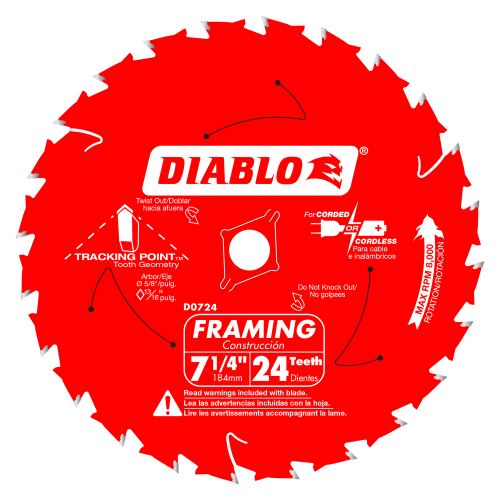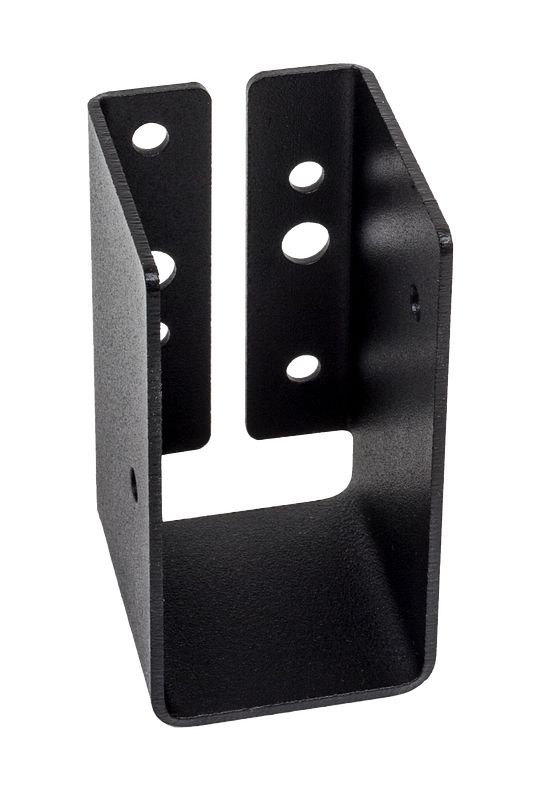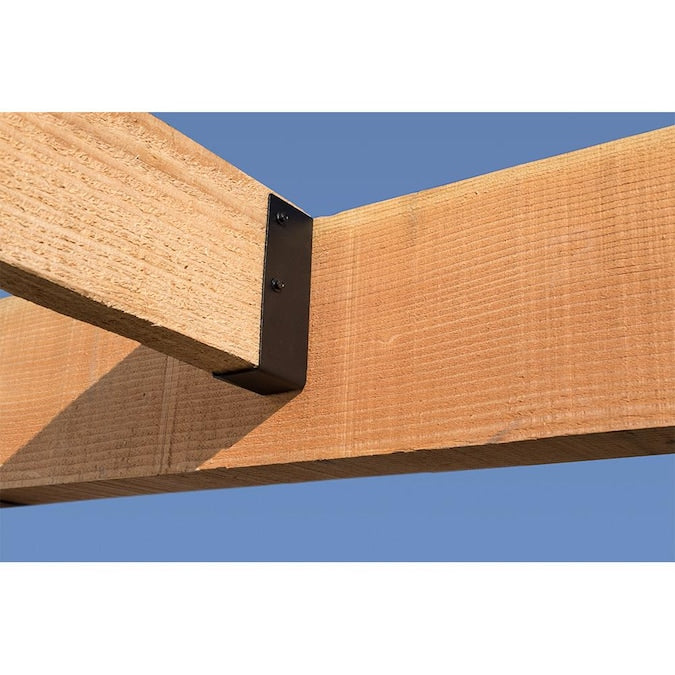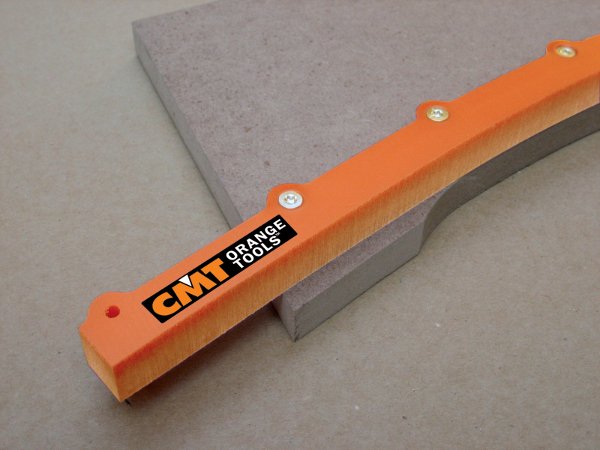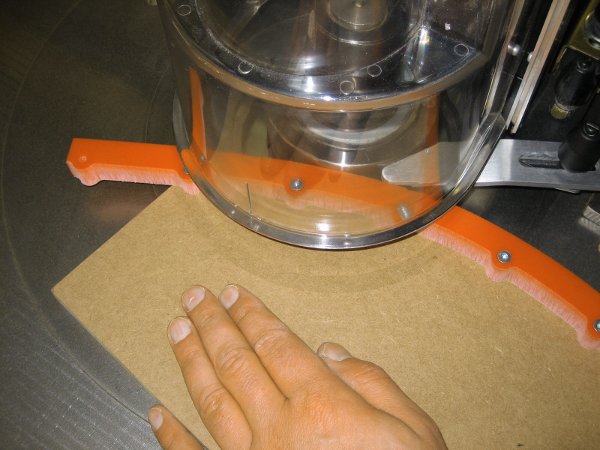When planning a roofing project, one question often arises: Are h-clips required for roof sheathing? This query is vital for both DIY enthusiasts and professional builders aiming to ensure the longevity and durability of their work. Let's explore the necessity of H-clips in roof sheathing and how they contribute to a structurally sound roof.
Understanding H-Clips
H-clips, diminutive yet indispensable, are engineered to stabilize plywood or OSB sheathing panels in roofing or flooring applications. Positioned between panels, they furnish crucial support and ensure a consistent gap for wood expansion. This allowance for expansion and contraction is vital, as it prevents buckling or structural damage, preserving the integrity of the roof. Despite their modest size, H-Clips play a pivotal role in fortifying the structural robustness and longevity of roofing systems, highlighting their significance in construction practices.
The Role of H-Clips in Roof Sheathing
In roof construction, H-clips serve a vital function in maintaining the structural integrity and longevity of the roof. By preventing panels from sagging between trusses or joists, they mitigate the risk of water pooling and potential leaks, safeguarding the integrity of the entire roof system.
Furthermore, H-clips contribute to a smoother surface for roofing materials, enhancing the aesthetics of the finished roof. Their role in distributing loads and supporting sheathing panels is indispensable for ensuring a robust and visually appealing roofing structure.
Are H-Clips Required for Roof Sheathing?
The necessity of H-clips is contingent upon local building codes and the roof's design. While some regions may not enforce their use by code, incorporating H-clips is advisable to bolster overall roof performance. The International Residential Code (IRC) outlines situations where H-Clips are recommended, yet consulting both local regulations and a structural engineer is prudent for project-specific guidance.
Even in areas where H-clips aren't mandatory, their inclusion can provide added structural support, mitigating risks associated with sagging panels and potential leaks. Therefore, whether mandated or not, integrating H-clips into roof construction contributes to enhanced durability and reliability, aligning with best practices for ensuring the longevity of the roofing system.
Choosing the Right H-Clip for Your Project
Choosing the correct H-clip is paramount to optimize the performance of your roof sheathing. The choice hinges on factors like sheathing material thickness and the unique specifications of your roofing system. For instance, the Simpson Strong-Tie PSCL 19/32 inch plywood sheathing clip is tailored for panels with a thickness of 19/32 inches, delivering superior support and stability. By meticulously selecting the appropriate clip size and type, you can ensure that your roofing structure is fortified with the necessary components, maximizing its resilience and longevity.
Another great option is the Simpson Strong-Tie PSCL 3/4 inch plywood sheathing clip, with a 20-gauge thickness, which is perfect for reinforcing unsupported sheathing edges. Its zinc galvanized coating (G90) ensures durability. The PSCA version offers a more cost-effective solution with reduced material, making it a smart choice for projects.
At Factory Direct Supply, we understand the importance of using high-quality materials for your roofing projects. Our selection of sheathing clips offers reliable solutions for various sheathing thicknesses. We pride ourselves on providing superior, knowledgeable, and friendly customer service to assist you in selecting the right products for your project. With our strong relationships with manufacturers and a commitment to meeting consumer demands, we can ensure that you have access to the best products on the market. Whether you're looking for specific sheathing clips or need guidance on your roofing project, we are here to help.


